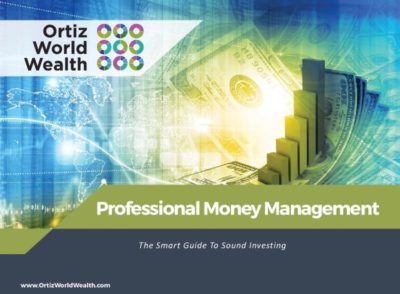
21 Jun U.S. Economy Update 06/20/2019
 The trade concerns between the U.S. and China has been headlining the news for far too long, and in far too many countries. It is newsworthy, to say the least. Mostly because when the worlds two largest economies participate in a trade war, all countries are going to be affected. Here in America we have been getting the first waves on our shores in recent weeks, however, the tide seems to be getting stronger without much of an end in sight. This has caused many investors to stray away from the riskier assets, which of course does not have the best effect on our economies industries, especially the market.
The trade concerns between the U.S. and China has been headlining the news for far too long, and in far too many countries. It is newsworthy, to say the least. Mostly because when the worlds two largest economies participate in a trade war, all countries are going to be affected. Here in America we have been getting the first waves on our shores in recent weeks, however, the tide seems to be getting stronger without much of an end in sight. This has caused many investors to stray away from the riskier assets, which of course does not have the best effect on our economies industries, especially the market.
The S&P 500 entered the month of May at a record high; however the rest of the month was not so kind. The Markets have been deteriorating right along with the trade negotiations between D.C. and Beijing. The S&P dropped -6.35%, the Dow is down -6.32%, and the NASDAQ has fallen -7.79%. Needless to say, the month of May has not been very kind to Wall Street. This isn’t too much of a surprise, not only are our technological and agricultural sectors suffering most directly from the tariffs against China, but the previous talks of imposing tariffs on Mexico did not help in comforting investors. While our dollar has remained strong, other sectors of the economy have been suffering. The Fixed-Income market was hit hard. Although we did see an inverted yield-curve in March, it was not very drastic, nor was it very long lived. This time around it is a little bit different, in a not so little way. The yield curve has inverted on us once again. The 10-year U.S. Treasury yield dropped dramatically in May to its lowest level since September of 2017. Amongst trade concerns, lower inflation predictions, and expectations that the FED could cut rates this year the yield closed out in May at 2.14%. The Fixed Income Total Return started shifted its allocation away from high yield bonds and into U.S. Treasuries, in search of less risky investment vehicles. The longer maturities are continuing to outperform the shorter maturities, showing what little faith investors have in our economy at this point in time.
The overall data on the economy gathered for May was a mixed bag to say the least. The institute for Supply Management manufacturing index was below expectations and below the prior months mark. It came in at 52.8 for April, the ISM non-manufacturing index (used to measure large scale service industries) ended April at 55.5. This was below the expectations of 57. On the bright side, the housing sector wasn’t so rough. The Conference Boards Leading Economic Indicators Index had their expectations met with the housing market increasing by 0.2% (according to their index). Also, the Job Market had positive updates. Payroll increases hit 260,000, far above the predicted 190,000 in the month of April. Unemployment dropped 0.2% to 3.6%. This helps balance out the news that retail sales have declined 0.2% rather than the predicted increase of 0.3%. With our GDP advanced reading for April revealing a 3.2% growth rate, and the second reading beating the prediction by 0.1% we are not necessarily looking at too much bad news.
Overall, we are still in a very volatile time regarding our economy. It is important to remember that you still have control over yourself, as well as your finances. It is important for you to make sure that your money is properly allocated and prepared for whatever shift we may observe in the near future. Remember, Plan Smarter Live Better.




No Comments